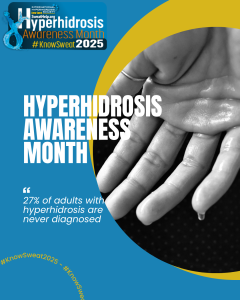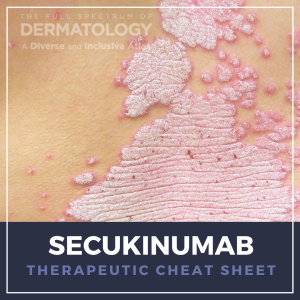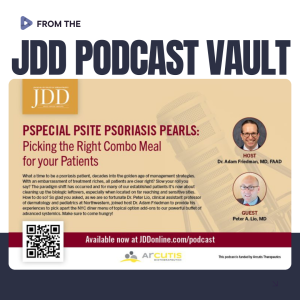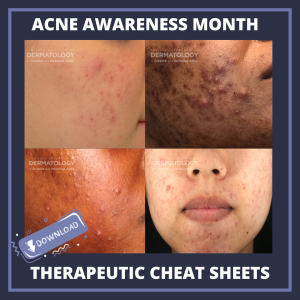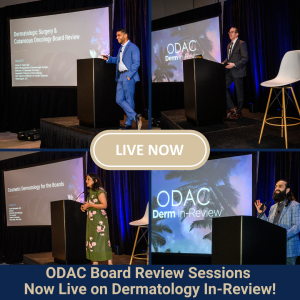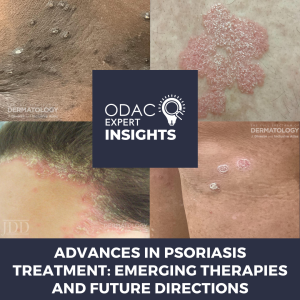
Acneceuticals are a new category of acne products on the market. These are over-the-counter actives that can be used on their own or as adjunctive therapies to keep acne-prone skin clear.
In this JDD Podcast, host and ODAC Conference Co-Chair Adam Friedman, MD, FAAD, is joined by acne researcher Hilary Baldwin, MD, FAAD, to share highlights from her latest Journal of Drugs in Dermatology supplement on the real-world use of acneceuticals. Listen as they share an algorithm that guides product picks and delve into skincare science for acne. Hear clinical pearls and find out why, when treating acne, you may want to give a second glance at the skin care aisle.
In addition to her credibility as a researcher, Dr. Baldwin is also known for her engaging lectures chock-full of practical guidance. Register for ODAC and attend Dr. Baldwin’s medical dermatology sessions:
- The 2025 Acne Treatment Landscape: Prescription, OTC, and Adjunctive Therapies
- Integrating Cosmeceuticals With Prescription Therapies for Barrier Repair
- Treating Keloids With Confidence: Evidence-Based Approaches for Dermatologists
Episodes of the JDD Podcast are available on iTunes, Spotify, Stitcher and TuneIn.

